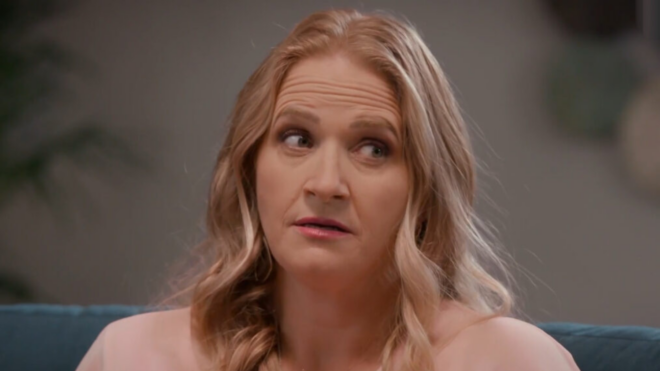
Two years after Bruce Willis‘ initial dementia diagnosis, his wife, Emma Heming, is opening up about what the reality of living with frontotemporal dementia (FTD) is like for her husband and their family right now. On Tuesday night, Emma’s conversation with Diane Sawyer aired on ABC, and she revealed that she had to make the “hardest decision” of their journey so far and move Bruce into a different home.
According to Emma, Bruce is still physically healthy at 70, but that hasn’t stopped the effects of FTD on his brain.
“Bruce is still very mobile. Bruce is in really great health overall, you know, it’s just his brain that is failing him,” she said on the special, via The Hollywood Reporter.
That means that she recently had to move him into a “second home” nearby so that he could be surrounded by a 24 hour care team and stay safe — and so that she could keep their daughters, Mabel and Evelyn, safe too.
“It was one of the hardest decisions that I’ve had to make so far,” Emma said. “But I knew first and foremost, Bruce would want that for our daughters, you know, he wouldn’t want them to be in a home that was more tailored to their needs, not his needs.”
The family still spends a lot of time together at Bruce’s new home, though.
Elsewhere in the interview, Emma talked about how she felt when she first noticed something was different about her husband before his diagnosis, telling Diane that she knew something was off when she realized Bruce “would always love taking the girls to school, and then those school runs just started to not happen as much.”
Other facets of his personality began to change, too, and their marriage didn’t “feel like a marriage anymore.”
“I just thought, ‘God, that is so weird because for someone who was very talkative and very engaged, he was just a little more quiet, and when the family would get together, he would kind of just melt a little bit,” she said.
This would prompt Bruce’s diagnosis with aphasia, eventually leading to his FTD diagnosis.
Though Bruce’s dementia has continued to progress, Emma said that at this point, he still recognizes his family and his daughters.
“When we are with him, he lights up,” she said. “He’s holding our hands, we’re kissing him, we’re hugging him, [and] he is reciprocating, you know, he is into it. And so that’s all I need.”




